-
Welcome to 4Runners.com!
You are currently viewing as a guest! To get full-access, you need to register for a FREE account.
As a registered member, you’ll be able to:- Participate in all 4Runner discussion topics
- Transfer over your build thread from a different forum to this one
- Communicate privately with other 4Runner owners from around the world
- Post your own photos in our Members Gallery
- Access all special features of the site
Beach driving!?
Discussion in '5th Gen 4Runners (2010-2024)' started by Fishbum, Nov 10, 2024.

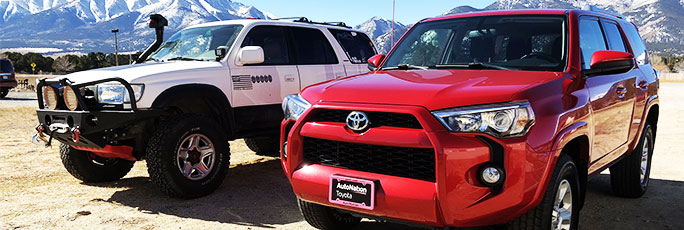
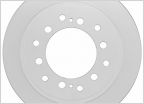 Drilled and slotted rotors or not?
Drilled and slotted rotors or not?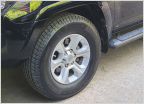 2019 SR5 Tire Replacement
2019 SR5 Tire Replacement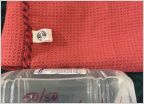 Cleaning Inside Windshield
Cleaning Inside Windshield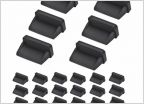 Usb help
Usb help Windshield Sunshade for 5th Gen
Windshield Sunshade for 5th Gen Trd Pro Skid plate on sale
Trd Pro Skid plate on sale















































































